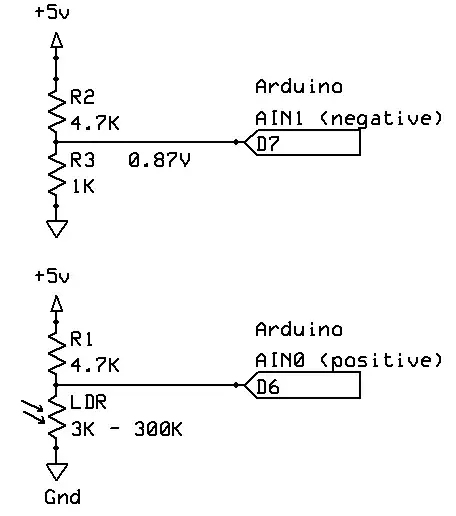I am trying to find some information on how to use the analog comparator on an Atmega328 to detect when an analog pin has reached a certain voltage (3.16 volts).
I cannot find any example code that says how to do this, although I have read that the analog comparator can compare the voltage on an analog pin with the voltage output by a PWM pin. I do not understand how this would work as the PWM pins do not output an analog voltage, but a pulse width modulated square wave. Is it possible to use the comparator to compare with a certain voltage this way?
I have tried polling with analogRead(), but it is too slow for my application.
